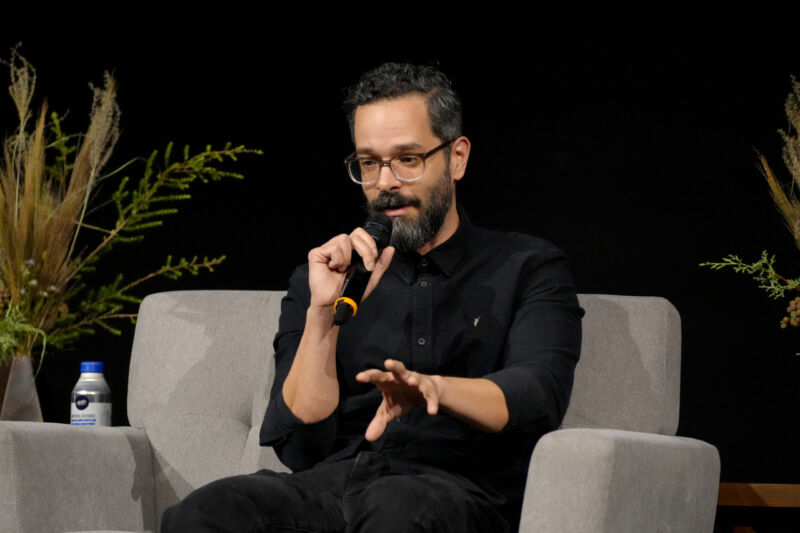11 years after launch, 49M people still use their PS4s, matching the PS5

Enlarge / After nearly four years of the PS5, a lot of people are still using their old PS4s. (credit: Sony)
If you're still getting use out of your aging PS4 after nearly four full years of PS5 availability, new data from Sony shows you are far from alone. The Japanese electronics giant says that both the PS4 and PS5 currently have about 49 million monthly active users, suggesting a significant number of PlayStation players have yet to spend $400 or more to upgrade to the newer console.
The new data comes from an extensive Game & Network Services report presented as part of Sony's most recent Business Segment Meeting. Those numbers suggest that about 42 percent of the 117 million PS4 units ever sold are still in active use, compared to 86 percent of the 56 million PS5 units sold thus far.
Despite the parity in active consoles, Sony also points out that the PS5 is responsible for significantly more gameplay hours than the PS4: 2.4 billion for the new system compared to 1.4 billion for its predecessor (it's unclear what time period this comparison covers). Sony's monthly user numbers also include any console "used to play games or [access] services on the PlayStation Network," so an old PS4 that serves as a convenient Netflix box in the spare bedroom would still inflate the older system's numbers here.











